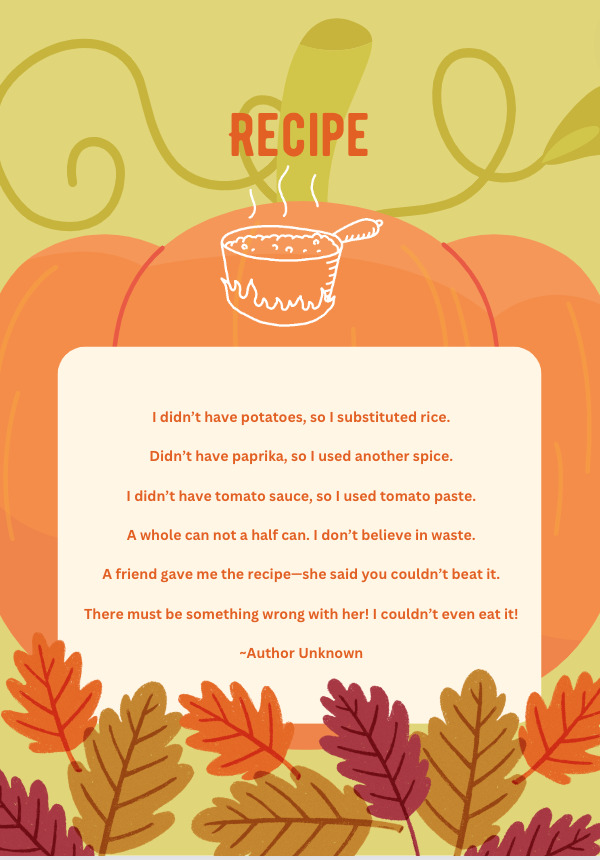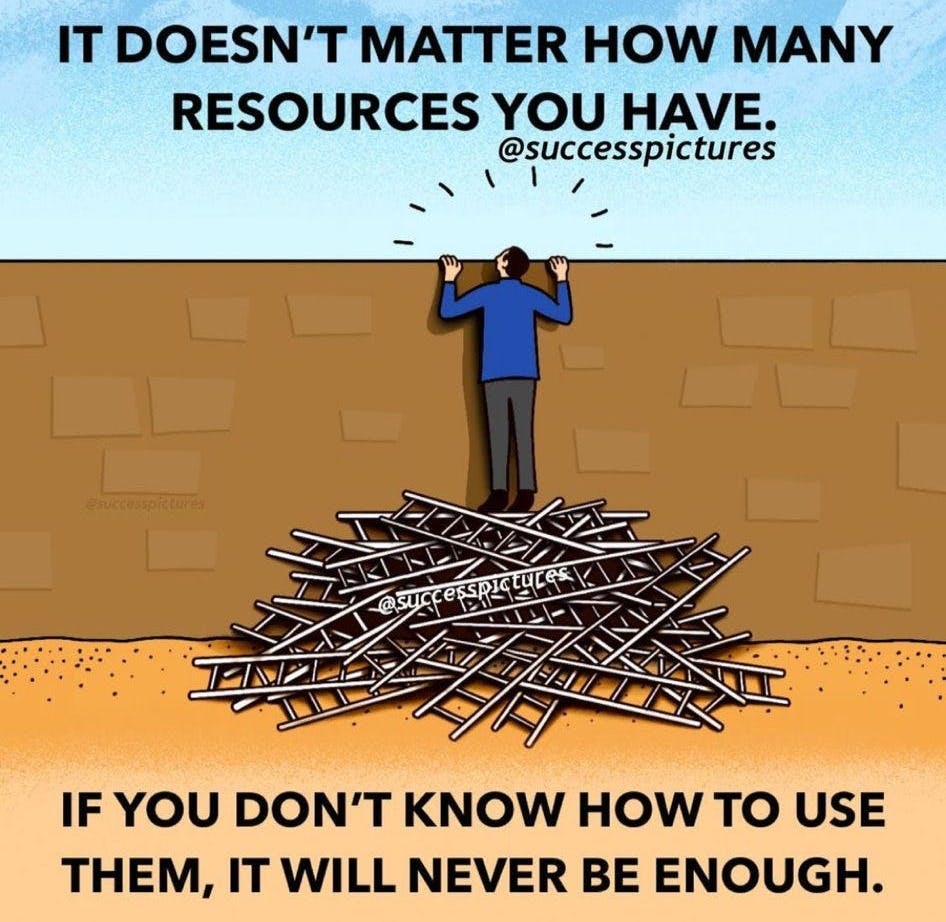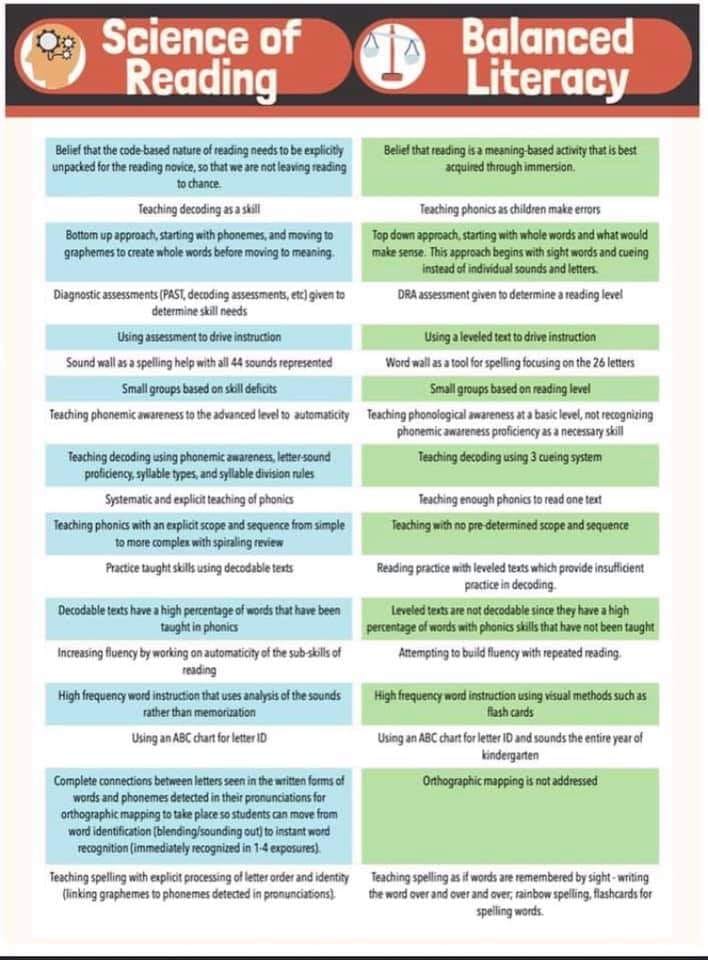Since it is November with the holidays upon us all, a nod to cooking seemed appropriate to me.
What does cooking have to do with literacy development?
What can YOU do to ‘whip up’ successful literacy instruction whether you are a parent or a teacher or a teacher of teachers?
Let’s start with this…

I read this poem to each and every teacher I taught throughout my long tenure as a trainer of teachers once it was placed in my hands. Why?
IT ALL ‘BOILS DOWN’ TO ‘FIDELITY OF IMPLEMENTATION’
What is ‘fidelity of implementation’ anyway? According to the folks at the Iris Center Peabody College at Vanderbilt University in Nashville, TN, once an educational program or curriculum has been selected, the “practice or program is implemented as intended by the researchers or developers.”
The folks over at the Iris Center go on to say that individuals who intend to teach a program with fidelity of implementation need to:
- be adequately trained
- adhere to the instructional procedures of the practice or program (e.g., follow the script, implement among groups of the correct size)
- implement the practice or program as frequently as recommended (e.g., daily, three times per week)
- implement the practice or program for the recommended amount of time (e.g., one semester, one academic year, 40 minute lessons)
- skillfully implement the instructional procedures
Alas, many teachers receive new curricula/materials every year without adequate training or adequate follow-up support. I read posts lamenting this situation daily as a Moderator of the FaceBook Group, Science of Reading-What I Should Have Learned In College. If you haven’t checked this FB Group out yet, please do, as it offers a wealth of information, free and low cost Professional Development, and a forum for discussion. Have you, as a teacher, had adequate training? Or do you know, as a parent, if your child’s teacher has had adequate training?

In addition, many teachers have difficulty ‘letting go’ of old materials and procedures, sometimes resulting in a ‘kitchen sink’ approach. This type of approach can be confusing and detrimental in terms of the development of literacy skills. Now please reread the poem “Recipe” above!
HOW DO YOU KNOW IF A PROGRAM IS BEING TAUGHT WITH ‘FIDELITY OF IMPLEMENTATION’?
The simple answer is: You don’t…
Unless you are aware of the curriculum being used, how it should be used, how it actually is used, or the time frame set aside for instruction. But you can read about the curriculum and then you can ask…
More often than not, teachers do not have the freedom to choose which curriculum they use for core (whole class) English Language Arts instruction or even the curricula used for additional support and/or remediation. Adding to this, sometimes teachers are not allotted the appropriate time frame to teach all skills for a variety of reasons–sometimes also not under their control. And so, they end up picking and choosing what is taught. What other choices do these teachers have given their many constraints?
In my experience, reading (decoding) instruction ends up the winner, while spelling (encoding) gets short shrift, albeit unintentionally. So, if your child(ren) or your students read well, but their spelling remains relatively poor (another way to say it is, “he/she can read but can’t spell”), it would be wise to investigate. Children’s reading and spelling skills ought to be evenly developing throughout their educational careers.
Reading research over the past 50+ years indicates the most effective method of teaching literacy skills aligns with the tenets of Science of Reading using direct, explicit instruction inclusive of work with children on:
- Phonemic Awareness
- Decoding (reading)/Encoding (spelling) taught simultaneously using a specified scope and sequence
- Letter Formation Instruction
- Vocabulary
- Morphology: Study of Prefixes, Suffixes, Word Roots
- Oral Language
- Listening and Reading Comprehension
- Development of Background Knowledge
Do you or does your child’s school teach literacy with careful attention to these skills? Here are some visuals that can perhaps help you.



As I mentioned, it’s perfectly fine to ask questions and seek information, even if you think your students and/or children are learning to read, spell, and write without difficulty. When students are instructed in ways aligned with the Science of Reading, they will read, spell, and write more easily and even better. (helps all, harms no one quote). The team consists of: the teacher, the parent, and the child. All need to be participants on ‘the team’.
BONUS RECIPE
Here’s a delicious recipe for Tomato-Rice Soup I found, which includes rice and tomatoes. Ironically, Mark Bittman does not include quantities of the ingredients, but I will add them here according to how I made it—don’t change a thing for the best outcome!!!


It seems to be a good, healthy antidote to the rich foods most of us will enjoy over the next couple of months. Let me know if you cannot access the link and I will send it to you personally. Enjoy the holidays with family and friends!

Greetings! Very useful advice within this post! It is the little changes that will make the most important changes. Many thanks for sharing!
https://empress-escort.com/escort-girls-beer-sheva/
Thank you for your comments.